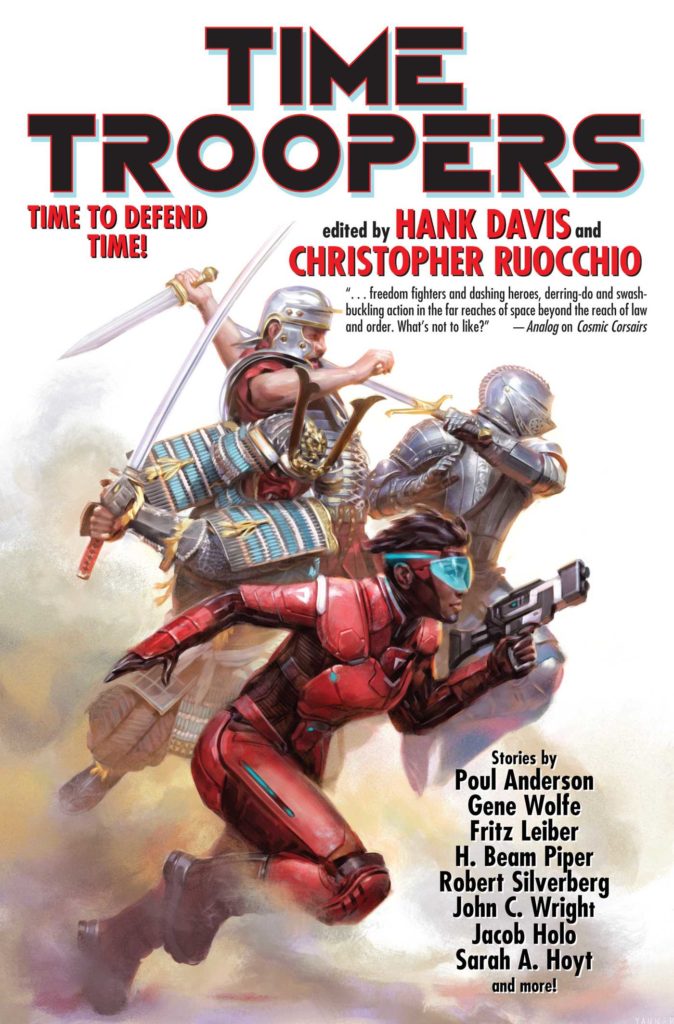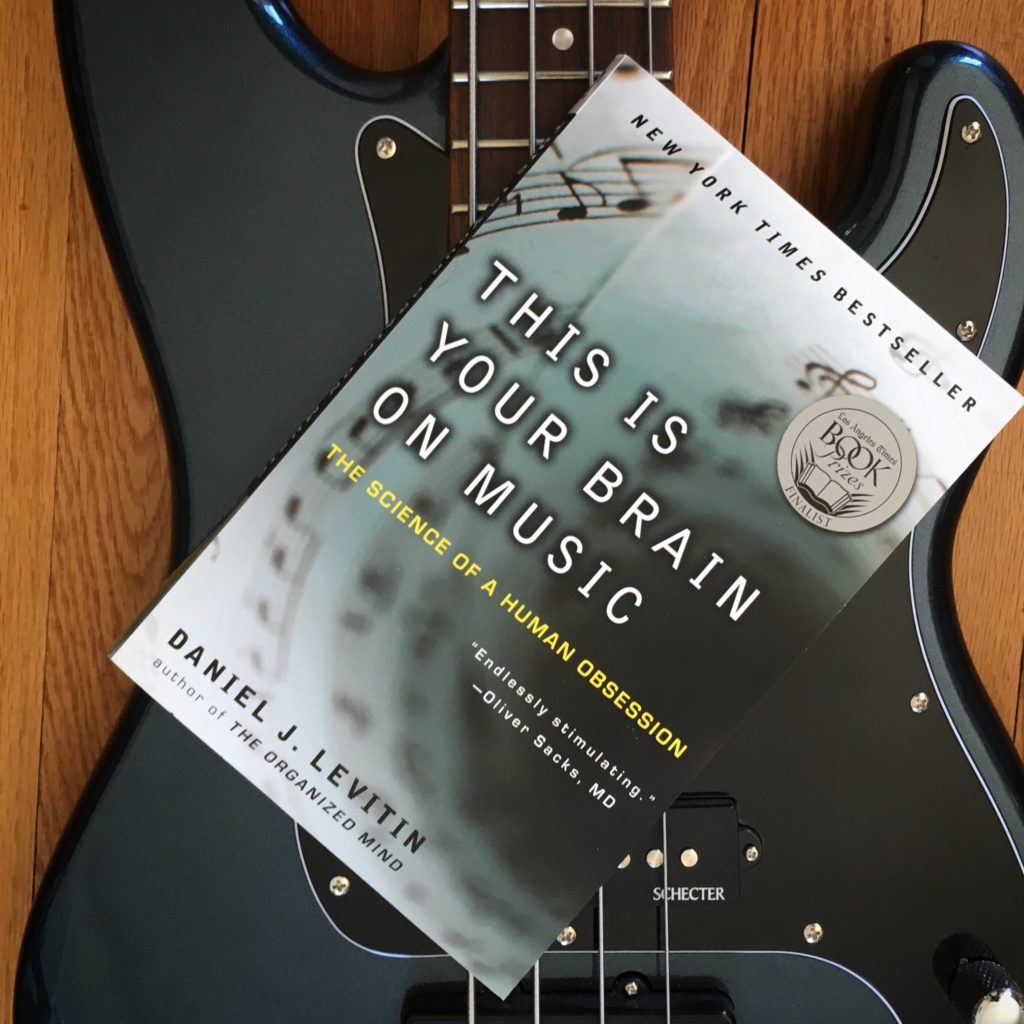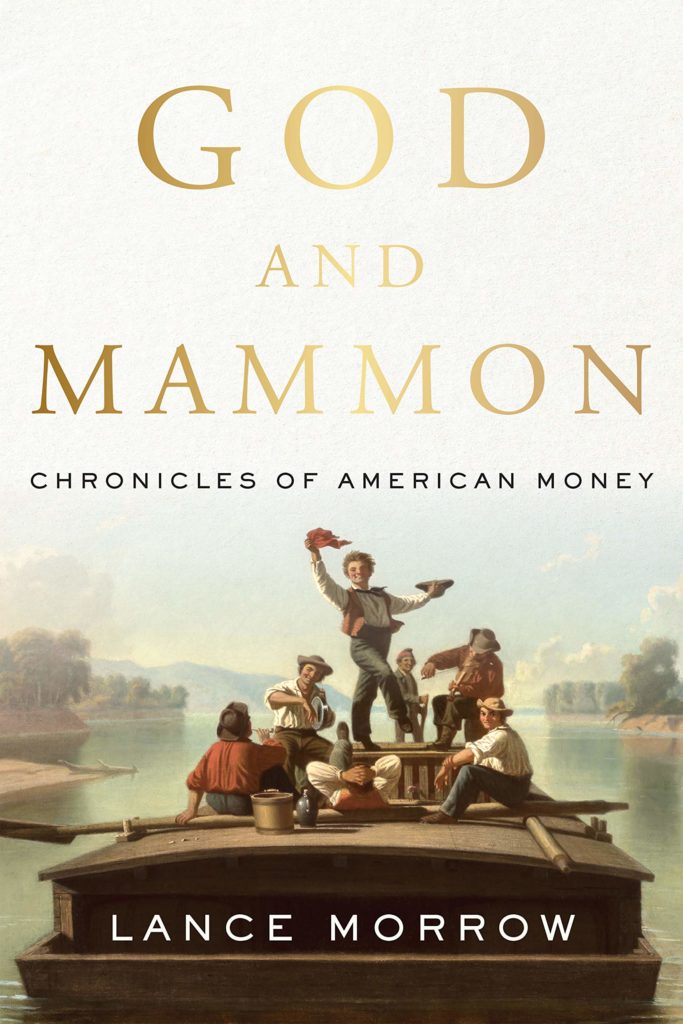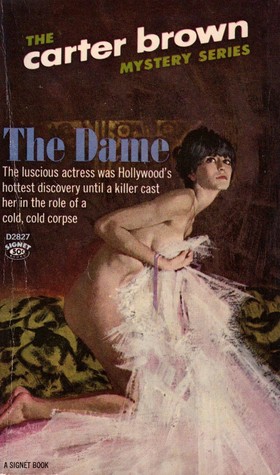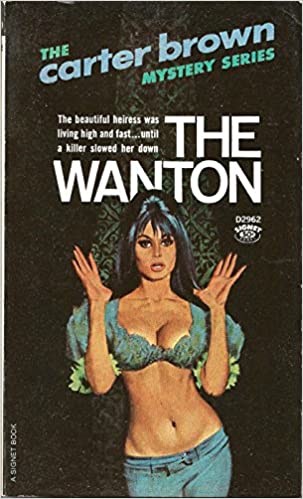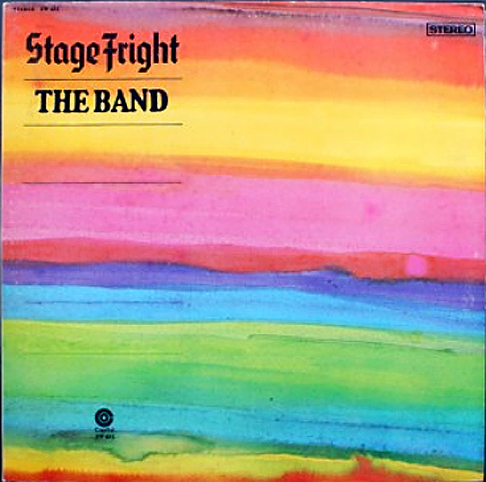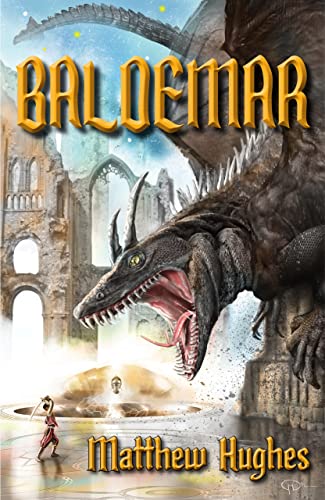
Last week we learned of the death of Teen Idol Bobby Rydell at the age of 79. My sisters loved Bobby Rydell and even joined his Fan Club in the early 1960s.
In 2006, Time Life issued an 8 CD set of Malt Shop Memories. I only have two of these compilations but Malt Shop Memories: Jukebox Gems includes two Bobby Rydell hits: “Wild One” and “Volare.”
I remember Bobby Rydell best for his role in Bye, Bye Birdie in 1963. In the 1980s, Rydell joined a trio called The Golden Boys with fellow former teen idols Frankie Avalon and Fabian Forte and he continued to tour up until his death.
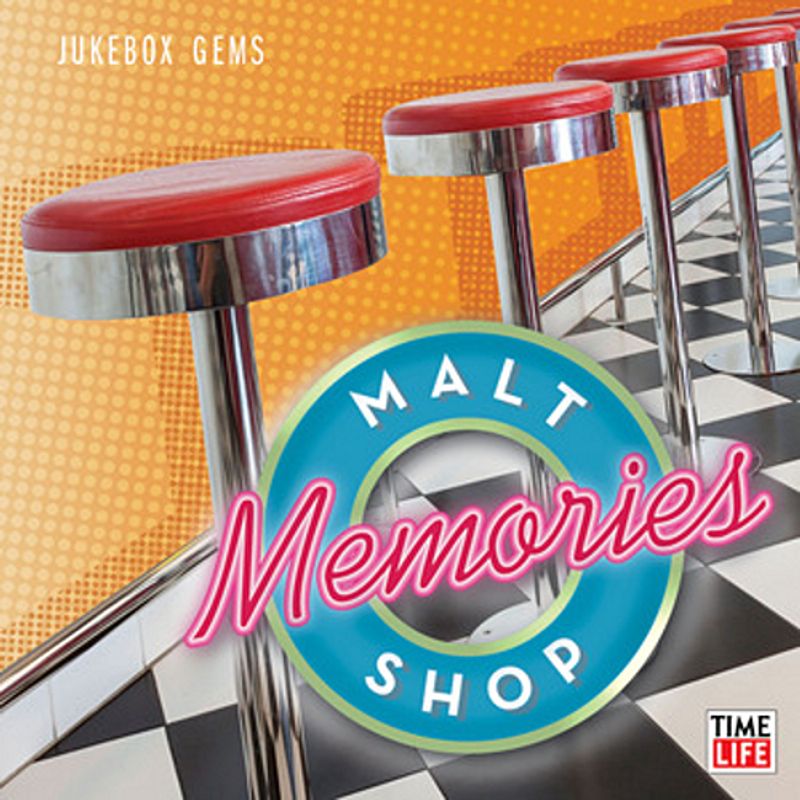
| 1-1 | Lesley Gore– | It’s My Party | 2:16 |
| 1-2 | Neil Sedaka– | Breaking Up Is Hard To Do | 2:22 |
| 1-3 | Tommy Edwards– | It’s All In The Game | 2:39 |
| 1-4 | Elvis Presley– | Are You Lonesome Tonight? | 3:08 |
| 1-5 | The Tokens– | The Lion Sleeps Tonight (Wimoweh) | 2:43 |
| 1-6 | Little Peggy March*– | I Will Follow Him | 2:28 |
| 1-7 | The Toys– | A Lover’s Concerto | 2:41 |
| 1-8 | Kathy Young & The Innocents (2)– | A Thousand Stars | 3:14 |
| 1-9 | Lesley Gore– | Judy’s Turn To Cry | 2:12 |
| 1-10 | Elvis Presley– | Don’t Be Cruel | 2:04 |
| 1-11 | Mickey & Sylvia– | Love Is Strange | 2:55 |
| 1-12 | Lloyd Price– | Personality | 2:39 |
| 1-13 | Jay & The Americans– | Come A Little Bit Closer | 2:46 |
| 1-14 | Ray Peterson– | Tell Laura I Love Her | 2:56 |
| 1-15 | The Shirelles– | Baby, It’s You | 2:38 |
| 2-1 | The Tymes– | So Much In Love | 2:11 |
| 2-2 | The Orlons– | Don’t Hang Up | 2:19 |
| 2-3 | Chubby Checker– | The Twist | 2:35 |
| 2-4 | The Dovells– | Bristol Stomp | 2:21 |
| 2-5 | The Orlons– | South Street | 2:13 |
| 2-6 | Dee Dee Sharp– | Ride! | 2:26 |
| 2-7 | The Dovells– | You Can’t Sit Down | 2:20 |
| 2-8 | Chubby Checker– | Limbo Rock | 2:23 |
| 2-9 | Dee Dee Sharp– | Mashed Potato Time | 2:32 |
| 2-10 | The Orlons– | The Wah-Watusi | 2:31 |
| 2-11 | Bobby Rydell– | Wild One | 2:22 |
| 2-12 | Charlie Gracie– | Butterfly | 2:24 |
| 2-13 | The Rays (2)– | Silhouettes | 2:44 |
| 2-14 | Bobby Rydell– | Volare | 2:27 |
| 2-15 | The Tymes– | Wonderful! Wonderful! | 2:52 |
